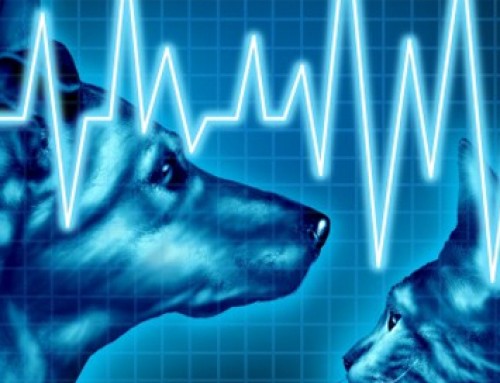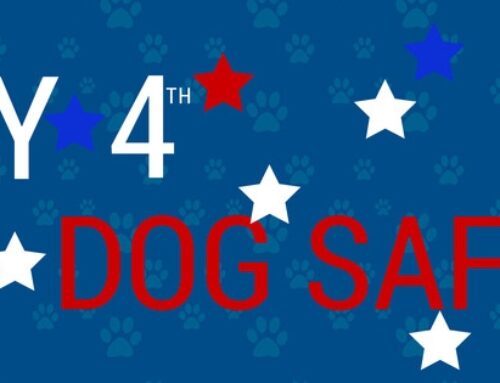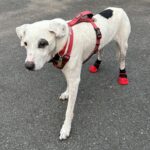You’ve noticed that your dog seems to be doing more than the normal amount of scratching. Maybe he shakes his head a lot and nibbles or licks his paws too much. If you’re thinking, “Maybe the big guy has allergies,” you could be right. But it may not be what you’d expect. Rather than grass or pollen, your dog may be allergic to what he eats. Other symptoms to indicate that the problem is a food allergy rather than something airborne include stomach problems and chronic diarrhea.
A Common Problem
Ten percent of allergies in dogs are attributed to food, and food can be blamed for 20 percent of the excessive scratching and itching that a dog does. The most common foods that dogs have issues with are beef, chicken, lamb, dairy, wheat, eggs, rabbit, pork and fish. These are some of the most regularly used ingredients in dog food, so you’re probably thinking, “What does that leave f my dog can eat?” To make matters worse, it’s likely that your dog is allergic to more than one type of food.
Unfortunately, what causes these allergies in our dogs isn’t understood very well. There also is no strong connection between certain breeds and food allergies. A Golden Retriever is no more likely to have them than a Chihuahua. Age doesn’t matter either. Symptoms can start as young as 5 months. Quite often they show up after years of eating a particular food.
Diagnosis is Key
Luckily, veterinary science has uncovered ways to diagnose and treat allergies. But before undergoing a diagnosis for food allergies, your veterinarian has to rule out other things like airborne allergies, allergies to a bug bite, and a number of other things. Once the issue has been narrowed down to a food allergy, then your dog has to experiment with foods completely different than what he has been eating. For instance, if Jake has been happily dining on lamb and rice, switch him to venison and potato.
Trial & Error
Your vet can best help you decide what direction to go with these “food trials.” Give each experimental food 12 weeks and don’t let him have anything else. He’ll have to forego those rawhides and his favorite “cookies.” You can fool him with bites of his current diet as a treat.
If your dog starts to show improvement with the new diet, your vet may recommend putting your dog back on the old diet temporarily. If the symptoms return, the specific food allergy has been successfully confirmed.
A New Way of Life
The only treatment for a food allergy is avoiding that food once you have pinpointed the culprit. After you’ve changed your dog to a food that he tolerates, you still have to be careful with his treats and anything else he eats. It’s hard to stop giving him the little goodies he loves, but there are plenty of healthy dog treats that your dog will still find tasty. Sweet potato chips can take the place of his rawhide chews. There are even yogurt-based treats.
A Healthy Start
If you are getting a new puppy and are concerned about the possibility of food allergies in the future, feed the little guy a diet with some variety. When a young dog his diet rotated regularly, it helps them maintain a healthy gut. Some vets even recommend giving them probiotics for their first 6 months to a year.
It’s hard to see our four-legged friends suffering with a food allergy. The ear scratching, head shaking and licking makes us feel bad for them. But take heart. It may take a number of food experiments and several weeks to find the offending food, but it will happen and you and your dog will be happier for it.




















Leave A Comment